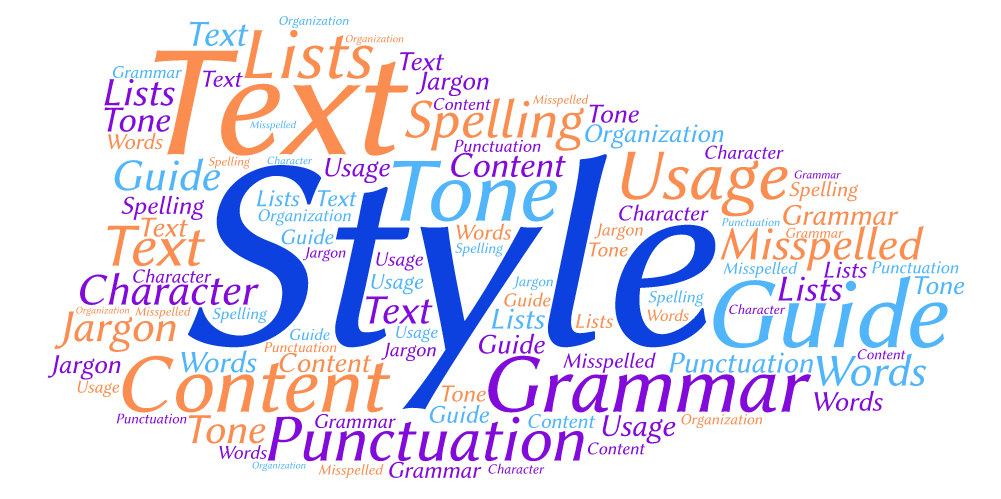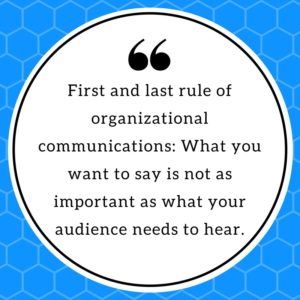Working is not generally how someone describes a fun summer. But new projects and clients and ongoing work made me one happy camper. Er, freelancer.
I was thrilled to take on a significant project for Doctors Without Borders/Médecins Sans Frontières (MSF), writing website pages about the organization’s activities in 48 of the countries where it has a presence. The work was compelling and challenging, and my MSF contacts have been wonderful to work with. I look forward to wrapping up that project by the end of the year.
It is always exciting to welcome a new regular client. This summer, Caron Treatment Centers hired me to be their go-to freelance writer. I’m enjoying the chance to write web content about their drug and alcohol addiction treatment programs. This new gig is stretching my medical content expertise even further, and I get to work with great people.
Thanks to a recommendation from a former client contact, I had the opportunity to write a white paper about intentionally diverse public schools. It was interesting to hear about the work school founders are doing to create an academic environment that promotes racial equity. I also wrote annual report content for an educational nonprofit that does great work supporting students in need across the country.
My work as the newsletter editor for the Organization for Autism Research (OAR) continues to be a pleasure. I can’t say enough good things about the amazing work this nonprofit does to provide information and resources for individuals with autism and their families. This year marks 12 years of working with the dedicated OAR crew.
I have been working for Enterprise Community Partners even longer. If you don’t know about this impressive nonprofit organization that makes well-designed homes affordable, you should. I have written for some of its publications and provided both copy and substantive editing for its website and many reports over the years. My client contact is an experienced professional who is also a delight to work for and with.
These new projects and long-term clients are why I love my work. If you or someone you know has a project coming up that needs a freelance writer or editor, please email me at info@almsink.com.








